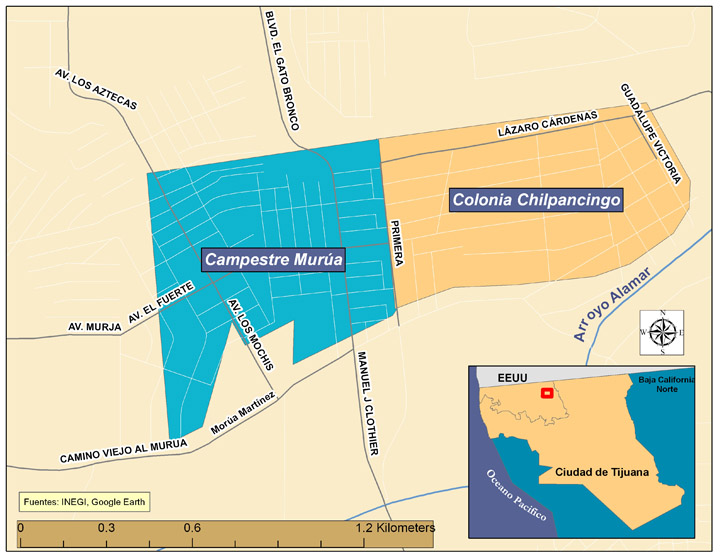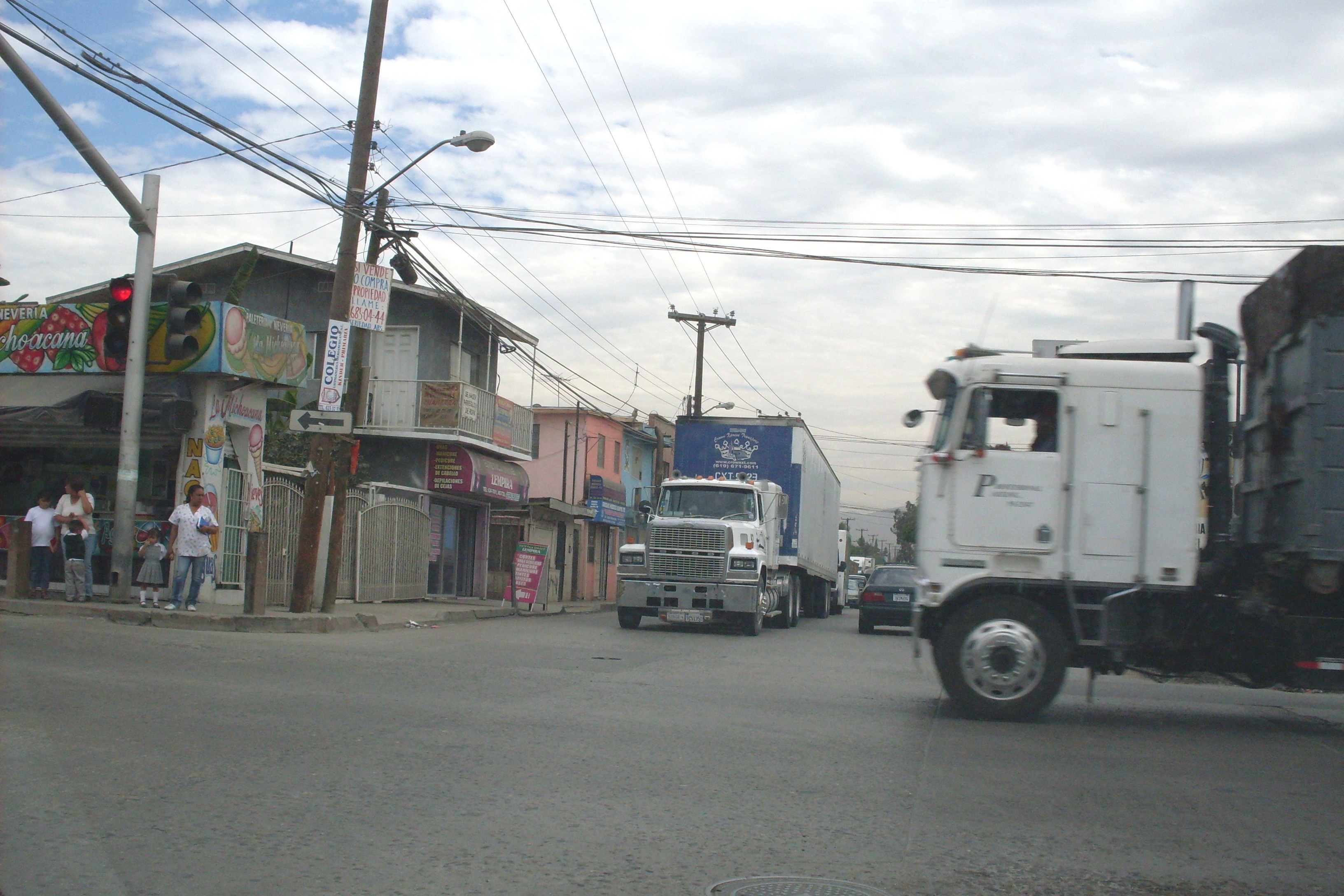Tijuana: The communities of Colonia Chilpancingo, Colonia Murua and Nueva Esperanza share many of the problems found in San Diego's communities of color: substandard housing, over-crowded schools, a lack of social services, low-paid jobs, polluting industries mixed in with residential and commercial sites, industrial truck traffic, lack of parks and healthy food outlets, and severe air pollution. They are also adjacent to Tijuana's largest Maquiladora industrial complex.
EHC chose to work in these neighborhoods of Tijuana because their pollution problems skyrocketed after the passage of the North American Free Trade Agreement (NAFTA) in 1994 and the resulting growth of the maquiladora industry.
Although comprehensive economic and demographic data is not available for these neighborhoods, available data show that 67% of the homes have dirt floors, 66% do not have piped water, and 33% do not have sewer hook-ups. Two adults employed full-time in the maquiladora industry, the main source of employment, cover only two-thirds of the basic needs of a family of four.
NAFTA and the Commission for Environmental Cooperation: The Commission for Environmental Cooperation was created by NAFTA to address environmental concerns. Although the Commission has very limited authority, EHC has successfully used one of its available mechanisms – the Citizens' Petition - to secure the cleanup of Metales y Derivados, an abandoned lead-recycling facility.
EHC's Executive Director, Diane Takvorian, was appointed by President Barack Obama as a member of the Joint Public Advisory Committee to the CEC. Through this membership, she hopes to strengthen the tri-national commitment to environmental justice and bring the voice of the people to the front and center. She is currently working to strengthen the Citizens' Petition process.



 NAFTA and the
NAFTA and the